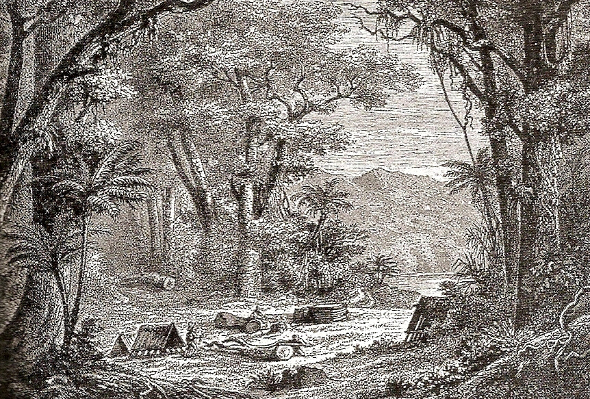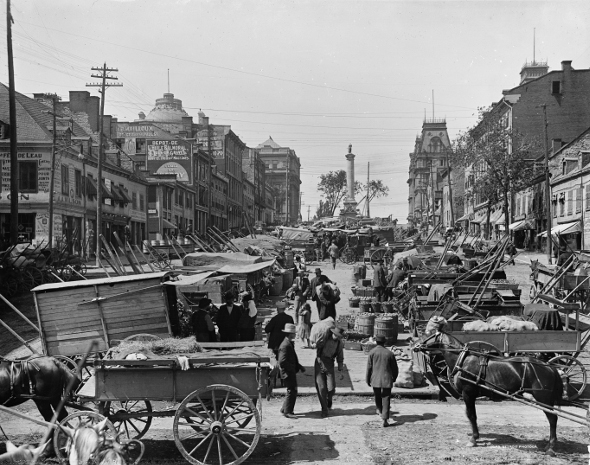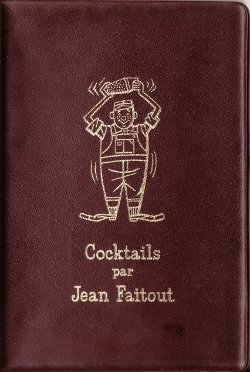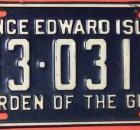The heat, light and humidity of summer can sometimes make you feel like you’ve wandered into Hell. It can be disorienting in exactly the opposite way that you might feel when you can’t find the exit in an ice hotel or a hedge maze. The likelihood that you may lose your faculties and drift into a malarial fever is practically nil if you live more than a degree or two latitude off the equator. All the same, better to be safe than sorry. And while quinine is present in miniscule quantities in tonic water, the amount of gin-and-tonic you’d have to drink to actually protect yourself against malaria would do you more harm than the disease itself. But one should never discount the placebo effect.
If you’ve started drinking gin and tonics seriously, you’ll quickly become bored and frustrated with the fact that almost all available tonic waters are basically soda pop, full of high fructose corn syrup. It’s time for you to grow up and stop drinking soda pop. Also, you’re spoiling gin pouring that sugary fizz over top of it.
Yes, there is now an increasing number of quality tonic waters vying for your attention. Eventually, though, you might start to wonder if you can’t just make the stuff yourself. The good news is that you can. The worst that will happen is that you will discover the limits of what’s worth doing yourself, and what merits outsourcing. Try anything once, though.
Here are your ingredients:
Four cups water
1 cup chopped lemongrass (approx. 2 stalks)
¼ cup cinchona (that’s the powder measurement, so account for a bit more if you can get it in bark form)
Zest and juice of 1 orange
Zest and juice of 1 lemon
Zest and juice of 1 lime
1 teaspoon whole allspice berries
¼ cup citric acid
¼ teaspoon Kosher salt
¾ cup agave syrup
Cinchona bark (or powder) can be a challenge to find. In Montreal, you can get the bark at Herbistorie Desjardins, which is set up kind of like a naturopath pharmacy. Don’t bother searching the aisles when you walk in. You have to walk up to the counter and ask for a specific amount of “Quincina”. (I asked for 250 grams, which is way more than I needed.) Then someone wearing a lab coat goes in the back and fills a little bag with bark and hands it to you. Bottom line, I don’t think this stuff is available off the shelf at health food stores. It requires a dispensary license, so you’re looking for a shop that’s part herbologist, part pharmacist.
In Peruvian (where the bark comes from), “kina-kina” means “highly sought after bark”. We have to set the bar somewhere. It’s no good if everything is just available all the time.
You’ll only be using ¼ cup of the cinchona bark per batch, so better to err on the side of ordering a small quantity. It’ll take me two summers at least to work through 250 grams. In any case, I’m glad I found the bark because most of what I read online about people substituting cinchona powder involves increasingly maniacal descriptions of how impossible it is to filter the silt from the liquid.
 All you really need to do is combine the ingredients (except the agave syrup, which comes later) in a saucepan and bring it to a low boil. Reduce the heat, cover and simmer for 20 minutes.
All you really need to do is combine the ingredients (except the agave syrup, which comes later) in a saucepan and bring it to a low boil. Reduce the heat, cover and simmer for 20 minutes.
Then you’ll want to strain the mixture. (If you only managed to find cinchona powder, you’re going to spend the rest of your day filtering and straining the liquid until you’re satisfied with its clarity.)
Now that you have a concentrate, you can bottle that up and make your tonic syrup by mixing in the agave as you need it. For each cup of tonic concentrate, mix in ¾ cup agave syrup, and heat both in a saucepan until the agave appears fully dissolved. It’s this concentrate-agave syrup mixture that you’ll be adding carbonated water to.
 With the basis for a recipe in place, you can continue to tweak ingredients here and there. Try messing around with star anise, juniper berries or cardamom.
With the basis for a recipe in place, you can continue to tweak ingredients here and there. Try messing around with star anise, juniper berries or cardamom.
What you’ll notice is that your syrup is kind of orangey-brown. This is what I meant earlier when I talked about the limits of what’s possible before you start seeking professional help. Even the small-batch professionally made tonics are clear. Your houseguests may look at your bitter-tasting, cloudy orange mixture skeptically.
Making tonic syrup is almost all of the battle. The remaining piece of the puzzle is going to be your method of carbonating the water to mix it with. If you’re not planning on drinking industrial quantities, you’re probably not in need of a tabletop carbonator, like those that have come to market recently. You could alternately get a siphon, like the kind clowns use to spritz each other after they pile out of the funny car.
Or if you’re only planning on getting through the tonic syrup you have, you can just use pre-prepared soda water. This does defeat the purpose of the DIY approach to making tonic water a little. But if you let yourself get carried away, you might find yourself in Peru before long hacking down a tree in the jungle. Your summer is better spent drinking gin and tonics.






























